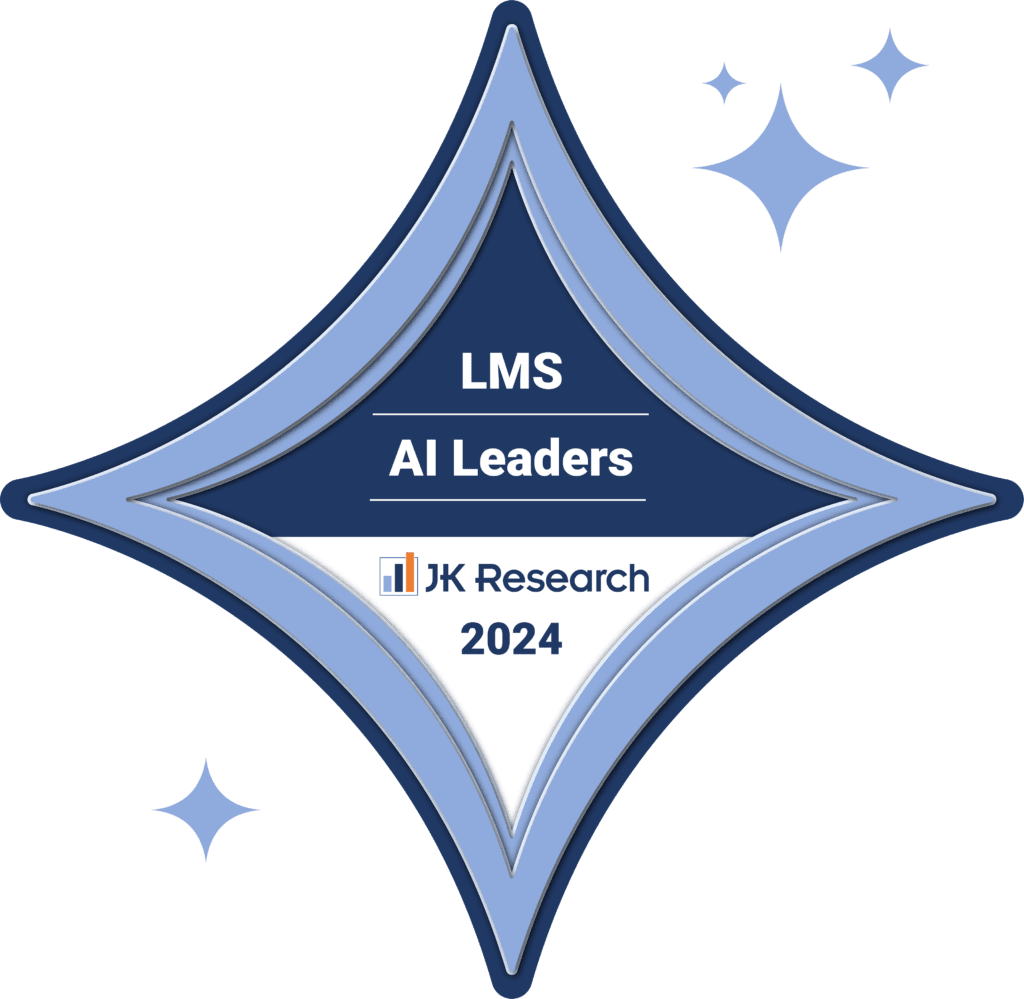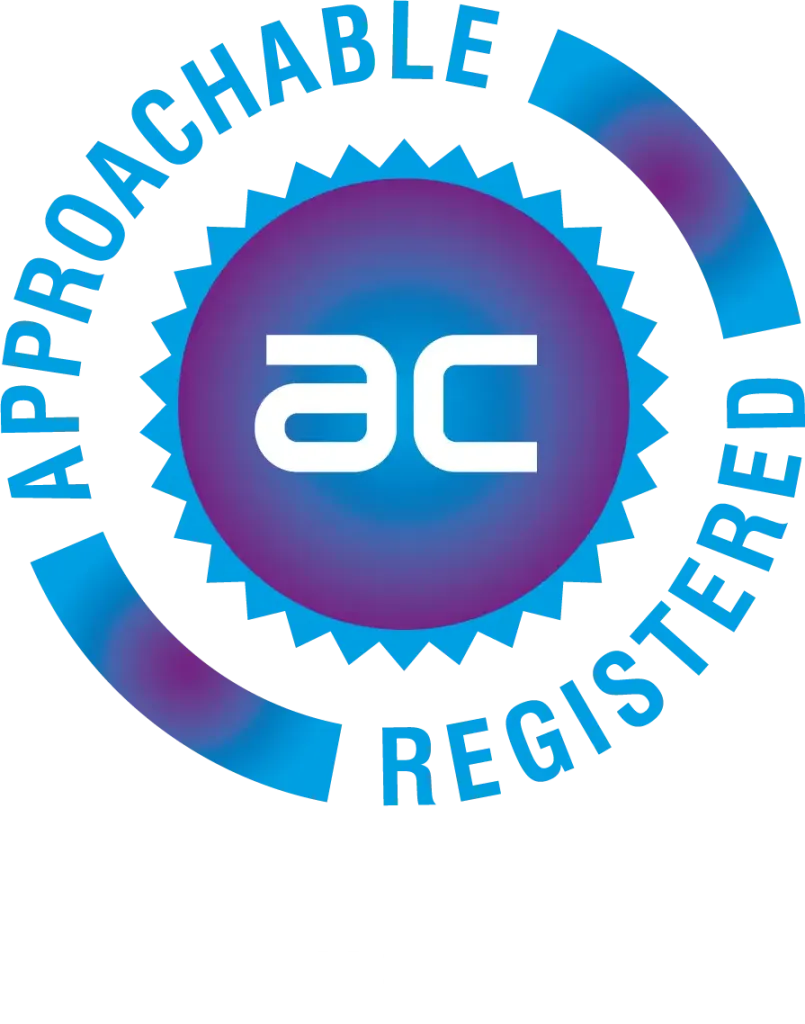2023 is the year of AI. At least for a broad range of global business sectors. 🦾
It’s the year that AI finally began having a transformative effect on many people’s working and personal lives. 🙌
We’ve all experienced AI. Either directly or indirectly.🤖
There’s AI-generated artwork splashed across social media. Chat GPT set a new record for the fastest-growing user base, reaching 100 million monthly active users just two months after launch. New AI productivity tools seem to be popping up left, right, and centre, month in and month out.
Amidst the hype and attention-grabbing headlines about AI, with even Paul McCartney announcing that The Beatles will release one final song featuring the voice of the late John Lennon, what must be remembered is that AI is beginning to fundamentally reshape the business landscape. And this presents businesses with an opportunity.
👉 As a progressive business, Thirst has kept a close eye on the evolution of new and emerging technologies that allow us to provide better service levels. AI is a transformational technology that could have a great impact on the L&D space.
With AI as an ally, businesses can streamline and automate tasks, enhance productivity, tap into technology to free up time and bolster creativity, and make more informed decisions.
But only if AI is leveraged correctly.
Interested in learning more about how AI can redefine learning, AI-powered LMS, its key features and differences, and the key benefits of adopting AI-powered Learning Platform? Read on…⬇️
The Rise of AI in L&D: Redefining Learning
It’s clear that AI is changing the way that businesses operate across all departments. Including L&D. This won’t slow down anytime soon. If anything, it’ll likely only accelerate. Expect every single industry to adapt to the AI revolution in the coming years. 🚀
Interested in learning about AI’s capabilities and how it is already redefining L&D?
Below is a brief overview where AI is having the biggest impact. Be sure to read each. You may just uncover a way to streamline and hone your day-to-day workplace activities.
Got an LMS AI implementation plan? Whether yes or not, below are a bunch of features – or the benefits to leveraging AI. 👇 👇 👇
Admin task automation
AI is capable of performing tasks that traditionally require human input. This includes speech recognition, language translation, data analysis, and decision-making.
This allows people to automate all those tasks that take up valuable time, which could be better spent on tasks that build customer relationships, increase revenue, or allow your business to achieve its goals.
From suggesting L&D actions to translating course content into multiple languages, AI uses the digital landscape to improve workflows. The most common example is chatbots. You type in a query, and AI answers it.
Leverage AI to automate workplace tasks and you’ll redefine learning. 💡
Content curation and aggregation
AI can assess and curate platform content, automatically sifting through information that doesn’t apply to a learner’s journey, whilst showcasing the most relevant and engaging information. Based on history and keystrokes, AI learns the user’s preferences. These could be videos, webinars, how-to guides, or games to align content with what they’re looking for. This creates a better user experience.
The key benefits of content curation within your L&D programmes
👉It increases the overall value of your curriculum. A well-curated content library is a real asset to learners who wish to source additional materials relevant to their learning experience.
👉It makes learning more engaging. People have different learning styles. If you want to maximise learning opportunities, create an engaging, enjoyable learning experience. This includes watching videos, listening to podcasts, reading text or eBooks, and even blogs.
👉It promotes a learning culture. Content curation aligns with social and microlearning because it lets users find, access, and share materials on subjects that interest them.
If you want to access valuable, emotional content that bolsters the whole learning experience, AI is a great option.
Personalised learning
The demand for personalised learning is greater than ever before.
Employees want to learn at their own pace, in a way that suits them. They want interactive materials that are engaging and relevant. They want a combination of one-on-one tutoring, mentoring, online and offline courses, or a range of ways to learn.
AI guarantees personalised learning experiences by analysing learner behaviour, the courses they’re interested in, and their preferred learning format. Knowing this, businesses can design an effective learning pathway.
Not only that, but AI makes your learning platform responsive to individual needs by adapting intelligently to their requests, increasing engagement.
What is an AI-based LMS?
An AI-based LMS is a learning management system that incorporates artificial intelligence (machine learning) features, allowing your business to automate and organise its online learning.
It includes several features, including automated content management, tracking learner progress, and managing learner achievements. The result? Significant time and cost savings.
Also, AI-based LMS’ facilitate personalised learning. Like Spotify uses its algorithms to optimise the user experience, AI can be used to recommend courses based on the user’s previous activity.
But it’s more than that. AI-powered learning can create customised learning pathways (a clear direction to achieve learning aims) to fully tailor a learning experience to the learner’s preferences and objectives. 😀
AI-based LMS vs. Traditional LMS: Key Features and Differences
When analysing AI-based and traditional LMS, the key features and differences between each can be broken down into several categories. These are as follows:
Personalisation
AI-powered learning platforms use machine learning algorithms to create personalised learning experiences. They analyse user data to recommend courses, materials, and learning paths tailored to each learner’s strengths, weaknesses, and preferences. Traditional LMSs typically lack this level of personalisation.
Adaptive learning
AI-driven platforms can adapt the difficulty and content of lessons in real time based on a learner’s progress. This ensures that learners are challenged at an appropriate level, leading to more efficient and effective learning. Traditional LMSs generally follow a fixed curriculum or course structure.
Content recommendations
AI-powered platforms provide intelligent content recommendations, suggesting additional resources, videos, articles, or quizzes that align with a learner’s current studies. Traditional LMSs may offer basic recommendations, but they’re often less sophisticated.
Natural language processing (NLP)
AI-driven platforms may incorporate NLP to enable chatbots or virtual assistants that can answer questions, provide explanations, or engage in interactive conversations with learners. Traditional LMSs typically lack this conversational capability.
Data analytics and insights
👉AI-powered platforms collect and analyse extensive data on learner performance. They provide educators and administrators with actionable insights into learner behaviour, helping them make data-driven decisions to improve learning outcomes. Traditional LMSs offer basic reporting but may not have advanced analytics.
Automated assessment and feedback
AI can automate the grading of assignments and provide immediate, detailed feedback to learners. This feature can accelerate the learning process and reduce the burden on instructors. Traditional LMSs often require manual grading and feedback.
Predictive analytics
AI platforms can predict learner success and identify areas for improvement, allowing educators to intervene and provide additional support when needed. Traditional LMSs may not offer such predictive capabilities.
Continuous improvement
AI systems continuously learn from user interactions and data, allowing the platform to improve and adapt over time. Traditional LMSs may receive updates but lack the same level of autonomous improvement.
Natural language content generation
Some AI-powered platforms can generate content like quizzes, practice exercises, and even course materials using natural language generation algorithms. Traditional LMSs require manual content creation.
Gamification and engagement
👉AI-powered platforms often incorporate gamification elements to enhance learner engagement. This can include leaderboards, badges, and interactive challenges. Traditional LMSs may offer gamification, but with less sophistication.
Key Benefits of an AI-Powered LMS
Business leaders and those with their fingers on the pulse of innovation agree, that AI will influence all our working lives through the creation of more intelligent processes and systems, whilst promoting enhanced autonomy.
AI can provide L&D with a considerable competitive advantage. When leveraged with traditional L&D, AI can streamline, hone, and improve the learning experience. Businesses that invest in AI can revolutionise the learning experience in infinite ways.
From content creation and curation and personalised and adaptive learning to learning management system processes, features, and outcomes, the impact AI has had on L&D has already begun to fundamentally change how we absorb, communicate, analyse, and share information.
But what does this look like in the day-to-day? Let’s examine some of the impacts AI can have on your L&D.
Measuring effectiveness
Any business must set goals. Both long-term and short-term. These could be annual growth, revenue and profit increase, increasing social footprint, or meeting green standards, and of course, L&D. Setting and measuring goals is paramount. This drives business success.
However, what are goals if they’re not measured effectively? What happens if any insights are not accurate? Incorrect data will be gathered to gain insights. This can be a problem. One that informs decisions. The result? Making an emotional decision can be challenging.
👉AI is especially useful to understand user and programme performance and engagement patterns. This data-driven approach allows L&D professionals to optimise the learner journey to maximise effectiveness. The data gathered then allows specialists to modify training programmes, tailoring content to the audience.
Personalised Learning Experience
People collect and process information differently. This means L&D content should, ideally, be personalised to achieve maximum retention. The good news is that content can be packaged and delivered in several ways. From how-to guides to tutorials, gamification to contextual information delivery, in-person instruction, written assignments, and more
👉One of the key benefits of AI-supported learning growth is that it can be customised to meet this type of adaptive learning. AI training plans can be modified to suit individual employee requirements. From mirroring the learner’s speed to communicating to suit the learner’s age or gender, AI and any supporting materials can personalise the learning experience to bolster success.
The result? Increased engagement and deeper learning. Objectives are learned more rapidly, and a business’s investment in L&D will be justified.
Understand the learning gaps
Arguably, one of the more impactful benefits of L&D is that businesses can identify and upskill any employees with knowledge and skills gaps, boosting competence and confidence. This will improve engagement and performance.
AI is a valuable tool for calculating, aggregating, and analysing scientific data sources, providing valuable insight into employee performance. 🚀
Basically, if you want to enhance and optimise the learning experience by plugging any important, specific knowledge gaps, leverage AI.
Automate, automate, automate
👉AI-powered LMS allows business to use AI to develop learning systems that track all data, programmes, training materials, and schedules, delivering them to meet the needs of each student’s background, preferences, and goals using complex machine learning algorithms.
AI in L&D is especially useful to practically evaluate the material a platform leverages. It also simplifies and enhances the learning experience. Best of all, because everything is automated in the background, it doesn’t affect the learning experience.
Immersive Gamification
Another integral benefit of leveraging an AI-powered LMS is that businesses can use gamification to create a more engaging learning experience. By incorporating typical elements of playing games, e.g., point scoring, competition, and defined rules, employees have a framework to encourage more effective learning. 🙌
This means that employees will always be engaged and challenged throughout the learning process, enhancing their training experience and retaining more information.
Business Visibility and Insights
AI-powered L&D allows decision-makers to accurately keep track of how employees are reacting to and performing throughout the learning process. This will give you a clear picture of when any feedback is required and solid data to help you understand how well any L&D has been received by employees. ☺️
When you know this, you can then tailor future L&D content to meet the specific demands of people within the business.
In Summary
AI has already changed L&D. And it will continue to do so as the future unfolds. If you’re not already leveraging AI, there’s a chance that your competitors are, and that means they may be offering better, more efficient service levels.
However, you have an opportunity change. To evolve your service levels. To not be left behind in the L&D space, you just need to choose Thirst. Our AI-powered learning platform empowers L&D professionals to accelerate their learning culture, talent acquisition, leadership and development, and internal mobility.
What does this mean for you? An optimised L&D evaluation experience.
Interested in learning more? Book a demo today. 👍
For more L&D insights, resources, and news, including why upskilling and reskilling are the future, read the Thirst blog.
For more e-learning insights, resources and information, discover the Thirst blog
You may also enjoy:
11 Learning and Development Trends That Will Shape 2024 | LXP vs. LMS: What’s the Difference? (2023 Guide) | What Is Learning Transfer? The Complete Guide







